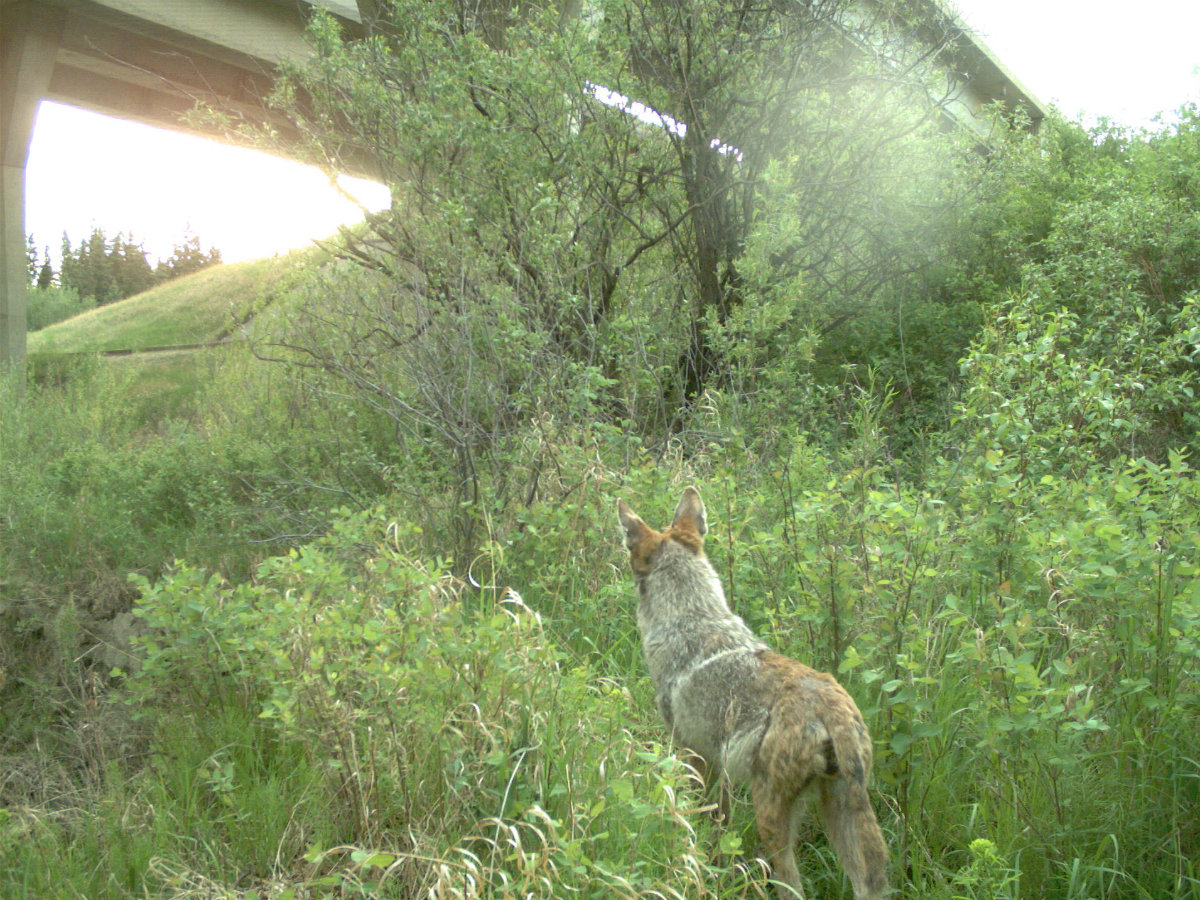Have you ever wondered, "What would animals do if all the humans disappeared?"
Following the COVID-19 lockdowns in early 2020, many news stations reported sightings of wild animals in cities, with many people believing it was due to the lack of human presence. In HBO's new hit television series, The Last of Us, a scene in the final episode shows main characters Joel and Ellie feeding giraffes in a post-apocalyptic Salt Lake City, devoid of any humans.
Historically, urban areas where many people live closely together were thought to be "biological deserts": places with low amounts of wild plants and animals and little habitat. The first wave of coronavirus allowed a unique opportunity for scientists to test how wildlife will adapt to a world without humans. A new study from Texas Tech University (TTU) aims to understand the indirect effects of COVID-19 and the lockdowns during early 2020 on urban wildlife. Let's break down the main goals of the study:
Importance of urban vegetation on biodiversity. By studying the types of trees, shrubs, and plants in our community, they can understand the layers of nature in an urban setting — the animals, the bugs, the water, the soil, and so much more.
Public perceptions of biodiversity. The general public's understanding of biodiversity will differ from a biologist's. Websites such as iNaturalist and Zooniverse include members of the public in scientific research and can help expand their knowledge of science.
Before we can understand the effects of COVID-19 lockdowns on urban wildlife, we need to look at the different kinds of wildlife in our communities before 2020. Insects provide valuable services to humans, such as pollination, pest control, decomposition, and as a source of food; with insects providing an economic value of USD $57 billion per year. Iconic species such as the monarch butterfly and honeybee are fantastic examples of bugs in our backyards, uniting humans and bugs in the common goal of protecting the environment through conservation.
Interestingly, cities are able to serve as refuges for some insects, as many species have small resource requirements. Programs such as "No-Mow Month," where residents are encouraged to not mow their lawns, help provide insects with habitat and food resources, which benefits the soil, gardens, parks, and biodiversity in their community.
Animals such as birds, fish, cats, rodents, dogs, squirrels, rabbits, and others are usually seen as troublesome due to their behaviour and larger size. These animals prefer sheltered habitats, and lots of vegetation, so they can hide from predators. A new type of gardening called "informed gardening" has been promoted online in recent years, encouraging homeowners to provide complex structures for wild animals, choosing plants carefully to be most nutritious for wildlife, and installing permanent water sources.
As more homes are built in cities, the different kinds of plants found in cities will decrease. Many of the plants in private yards and in public parks are mostly non-native plants, which are less beneficial to urban wildlife than native plants.
During the spring of 2020, humans were encouraged to isolate themselves to prevent the spread of coronavirus. This sudden change in human activity in major urban centres was dubbed the "anthropause," resulting in an increase in the quality of urban habitat. People spent less time in compacted urban areas and more time in green spaces, public parks, and nature. Wild animals began exploring empty urban places made quiet by the lack of human presence, as well as animals used to being fed by humans such as birds, cats, and squirrels.
An increase in human presence in green spaces may have increased the number of sightings of animals in urban places that were previously going unnoticed. In Spain, a citizen science project measuring the activity of birds noticed that the behaviour and activity levels of birds remained constant during the first wave of lockdowns despite an increase in sightings and reports. Overall, reduced traffic worldwide also caused a decrease in vehicle-wildlife collisions.
The study listed four factors that define the shelters and habitats used by urban wildlife:
Plant community composition. This factor looks at what kinds and types of plants grow in the community — how many trees, shrubs, flowers, gardens, and more.
Plant species richness. This factor looks at the number of different species of plants growing in an area.
Vertical and horizontal vegetation structure. This factor looks at the shape of plants growing — are more plants growing taller, or spreading out to cover the ground?
Plant community successional stage. The last factor looks at how old the plant is — are there mostly young plants and seedlings, or are many of the plants older and larger?
Despite the uncertainty worldwide, it was found that people felt happier when they had access to a public green space, a garden, or indoor plants. For those who live in a city, an urban green space may be the sole means of encountering plants and wild animals — with the COVID-19 lockdowns providing ample access for wildlife sightings.
Coman, I.A., Cooper-Norris, C.E., Longing, S., Perry, G. It Is a Wild World in the City: Urban Wildlife Conservation and Communication in the Age of COVID-19. Diversity 2022, 14(7), 539. doi:10.3390/d14070539 https://www.mdpi.com/1424-2818/14/7/539


No comments:
Post a Comment